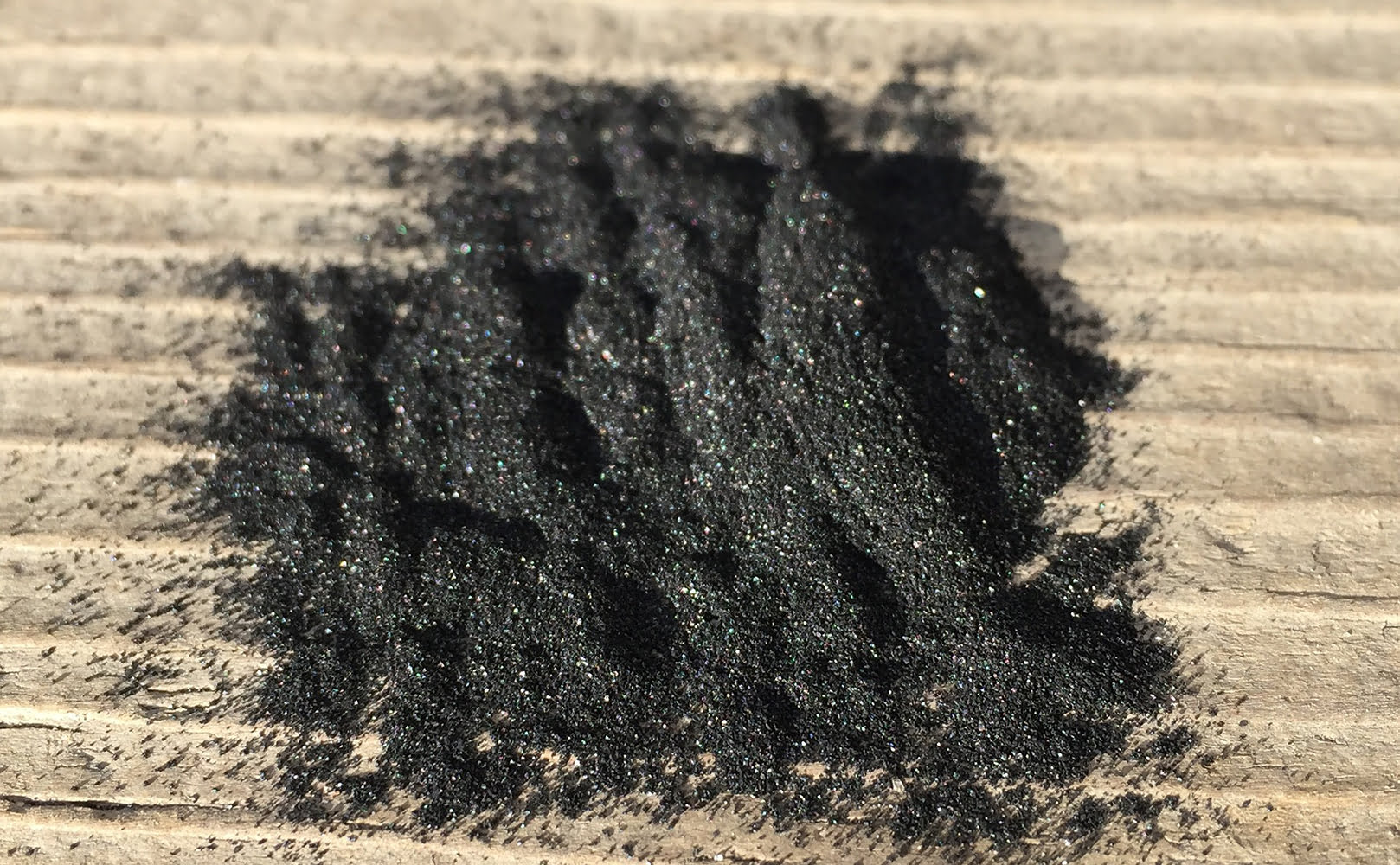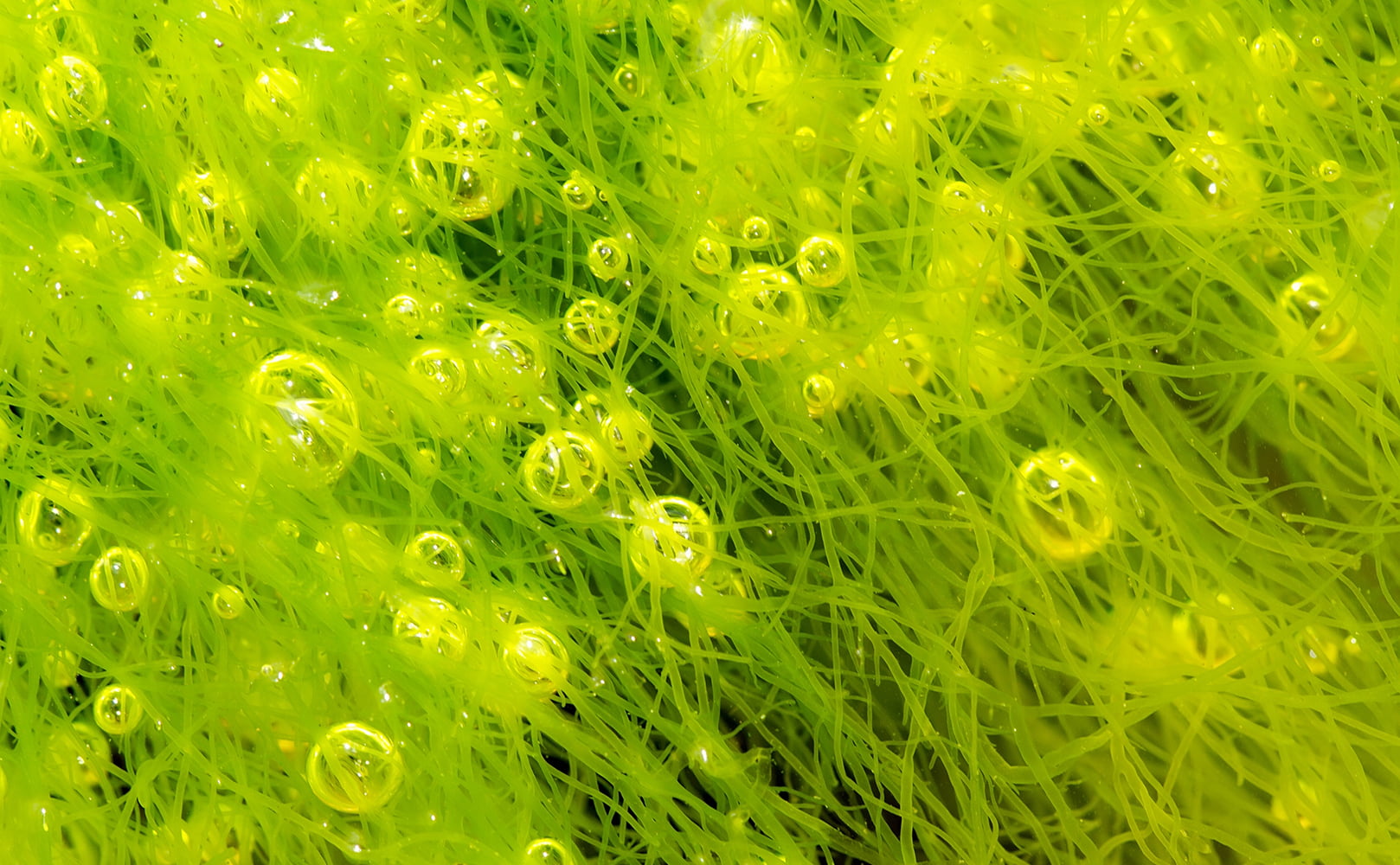Does Reverse Osmosis Remove Cyanotoxins in Water?
Written by: Gene Fitzgerald // Last Updated: Jun 2, 2023
This page may contain affiliate links. If you buy a product or service through such a link we earn a commission at no extra cost to you. Learn more.
Cyanotoxins are stealthy troublemakers produced by harmful algal blooms, and they pose a threat to our health when found in drinking water.
If a water test reveals that your water contains cyanotoxins, you’re definitely looking for ways to eliminate them.
Reverse osmosis is a popular home water filtration technique that removes a broad range of contaminants in drinking water. But can it also remove cyanotoxins?
Key Takeaways
- Yes, reverse osmosis removes cyanotoxins in water, especially microcystins and cylindrospermopsin.
Does Reverse Osmosis Remove Cyanotoxins in Water?
So, does reverse osmosis remove cyanotoxins from water?
Yes, reverse osmosis removes cyanotoxins in water. Specifically, reverse osmosis eliminates microcystins and cylindrospermopsin (the two most common cyanotoxins in water).
How Effective Is Reverse Osmosis at Removing Cyanotoxins?
Reverse osmosis is very effective at removing cyanotoxins. It’s highly applicable for removing microcystins and cylindrospermopsin, the two most common cyanotoxins in US water supplies. It is also likely effective at removing anatoxins.
Other Ways to Treat Cyanotoxins in Drinking Water
Here are some other ways to treat cyanotoxins in drinking water (please note that this is not a complete list, and there are other ways to remove cyanotoxins).
Activated Carbon Filtration
Activated carbon filtration works by attracting contaminants to the surface of the activated carbon pores. This method removes dissolved cyanotoxins in water, but the effectiveness varies depending on the exact type of carbon filter, the filter pore size, and the type of cyanotoxin.
Wood-based activated carbons and granular activated carbons are very effective at removing microcystins. There’s also a high chance that they eliminate cylindrospermopsin, anatoxin-a, and saxitoxin.
Microfiltration, Ultrafiltration & Nanofiltration
Micro, ultra, and nanofiltration are all methods of passing water through a semipermeable membrane that blocks contaminants. But the three methods differ in pore sizes, so they remove different types of cyanotoxins.
Microfiltration and ultrafiltration remove cyanobacteria cells (you’ll need to clean the membranes regularly to prevent bacteria from building up on the membrane).
Nanofiltration uses the smallest pore size, so it can remove extracellular microcystins in water.
Ozone
Adding ozone to water eliminates microcystins, cylindrospermopsin, and anatoxin-a. However, it does not work for saxitoxin. Ozonation (the process of adding ozone) works by oxidizing contaminants to neutralize them.
Chlorination
Chlorination is a common water treatment method done by adding free chlorine or chlorine compounds to water to disinfect it. It can effectively remove cyanotoxins, depending on the type of chlorine used. Free chlorine effectively removes cylindrospermopsin and saxitoxin. It also works for microcystins when the water pH is below 8.
However, chloramine and chlorine dioxide do not work for cyanotoxins in water.
Potassium Permanganate Oxidation
Adding potassium permanganate (a common disinfectant) to water eliminates microcystins and anatoxins. But potassium permanganate is not an effective option if your water contains saxitoxin. Researchers are yet to confirm if potassium permanganate works for cylindrospermopsin.
UV Radiation
UV radiation is the process of using ultraviolet light rays to destroy microorganisms in water. But this method is quite limited when it comes to cyanotoxins. UV radiation is only effective against cyanotoxins when you combine it with ozone or hydrogen peroxide oxidation. Combining UV and ozone or hydrogen peroxide will neutralize anatoxin-a, cylindrospermopsin, and microcystins (at high doses only).
Coagulation/Sedimentation
Coagulation involves adding chemicals like alum (known as coagulants) to water so that contaminants attach or coagulate. Heavier contaminants settle down through sedimentation, and you can easily remove them from water.
Coagulation and sedimentation work for cyanobacteria cells effectively, but maintenance is essential. You must remove the sludge regularly from the water treatment system.
What Are Cyanotoxins?
Cyanotoxins are toxic substances released by cyanobacteria. OK, but what are cyanobacteria?
Have you ever noticed a bluish-green, dense formation under a water body? Now, that’s likely cyanobacteria, also known as blue-green algae. It looks like green algae, but green algae do not usually produce toxins. Cyanobacteria are also known as Harmful Algal Blooms (HABs).
Types
There are different types of cyanotoxins:
Microcystins
Microcystins are the most common type of cyanotoxins. They can grow and build up in fishes, zooplankton, and other aquatic life. The Environmental Protection Agency (EPA) says microcystins can severely damage the liver and may cause cancer.
Cylindrospermopsin
Cylindrospermopsin is another common cyanotoxin in US water systems. This type can cause liver and kidney damage.
Anatoxins
Anatoxins are a group of cyanotoxins that can cause damage to the brain and other parts of the central nervous system; they are called neurotoxins. Examples of anatoxins are anatoxin-a, anatoxin-a(s), and homoanatoxin.
Saxitoxins
Saxitoxins are known as paralytic shellfish toxins (PSTs) because they usually accumulate inside shellfish. Saxitoxins can cause paralysis, respiratory damage, and other syndromes, like “paralytic shellfish poisoning”.
Note: Cyanotoxins can be intracellular or extracellular. Intracellular cyanotoxins are also known as cyanobacteria cells. These toxins are released into drinking water when the bacteria containing them die (known as cell rupture).
Extracellular cyanotoxins are toxins released into water by living cyanobacteria. The types listed above are all examples of extracellular cyanotoxins.
How Can You Get Exposed to Cyanotoxins in Water?
You can get exposed to cyanotoxins by drinking cyanotoxin-contaminated water. According to the EPA, ingesting contaminated water is one of the most common ways of cyanotoxin exposure. Other ways include:
- Eating seafood or food supplements that contain toxins.
- Breathing cyanotoxin-contaminated air droplets.
- Swimming in contaminated water bodies.
The Reasons for Algal Blooms
Algal blooms (which may release cyanotoxins) occur when the conditions in a water body encourage algal growth. Algal growth is normal within water systems, but when there’s the perfect light, temperature, and plenty of nutrients, the growth becomes excessive, causing algal blooms.
Such perfect conditions for algal blooms usually exist when there’s agricultural discharge into water bodies or septic systems get damaged. Not all algal blooms are dangerous; the ones that release cyanotoxins are called Harmful Algal Blooms (HABs) or cyanobacteria.
Health Risks: Why Should You Avoid Cyanotoxins at All Cost?
Cyanotoxins pose scary health risks, and that’s exactly why you should avoid them. Merely touching or breathing in cyanotoxins can irritate your skin, eyes, throat, nose, and lungs. Drinking cyanotoxin-contaminated water or food supplements can cause stomach discomfort, headache, diarrhea (bloody diarrhea in some cases), vomiting, neurological dysfunction, and even damage to the liver or kidney.
How You Can Find Out If Your Water Is Affected
Cyanotoxins are not visible in water, and you can’t taste them. But you can find out if your water contains cyanotoxins by testing it at a certified laboratory. They’ll run your water sample through an Enzyme-Linked Immunosorbent Assay (ELISA) test or some other rapid screen test to detect the presence of cyanotoxins.
Alternatively, you could contact your local water utility company and ask to see the water quality reports. However, the EPA hasn’t set any regulations for cyanotoxin levels in municipal water, and your local water company may not be monitoring them.
If you have any thoughts about the question, does reverse osmosis remove cyanotoxins, please don’t hesitate to leave a comment below!
Information provided on BOS is for educational purposes only. The products and services we review may not be right for your individual circumstances.
We adhere to strict editorial guidelines. Rest assured, the opinions expressed have not been provided, reviewed, or otherwise endorsed by our partners – they are unbiased, independent, and the author’s alone. Our licensed experts fact-check all content for accuracy. It is accurate as of the date posted and to the best of our knowledge.




